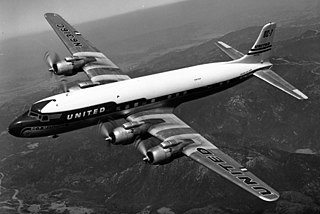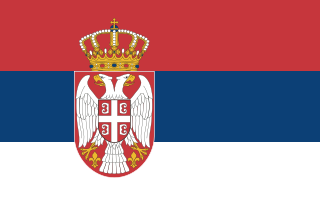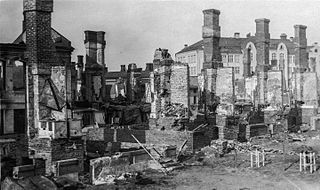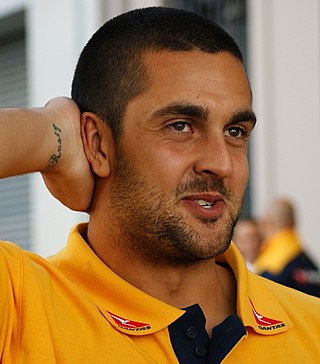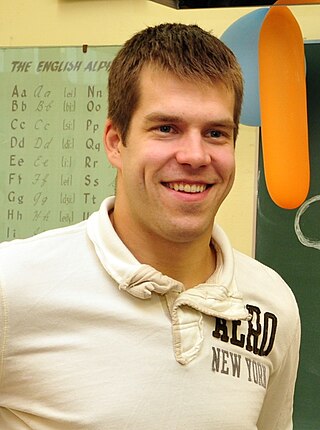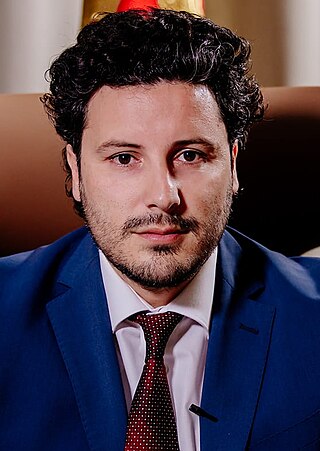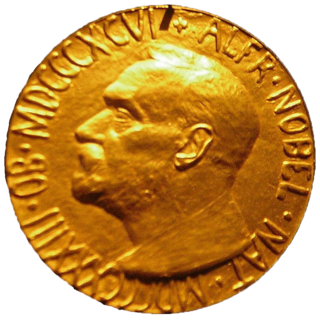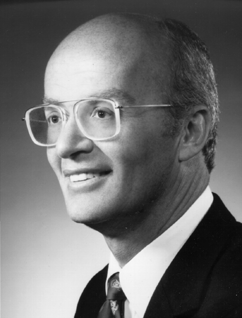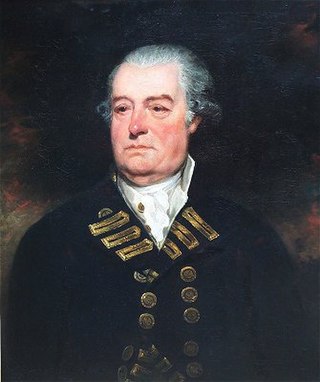
Sue Gray (civil servant)
Susan Gray is a British civil servant who in May 2021 became Second Permanent Secretary in the Cabinet Office, reporting to the Chancellor of the Duchy of Lancaster. Her report into the Partygate scandal criticised the government led by Boris Johnson and contributed to his downfall as Prime Minister.































































